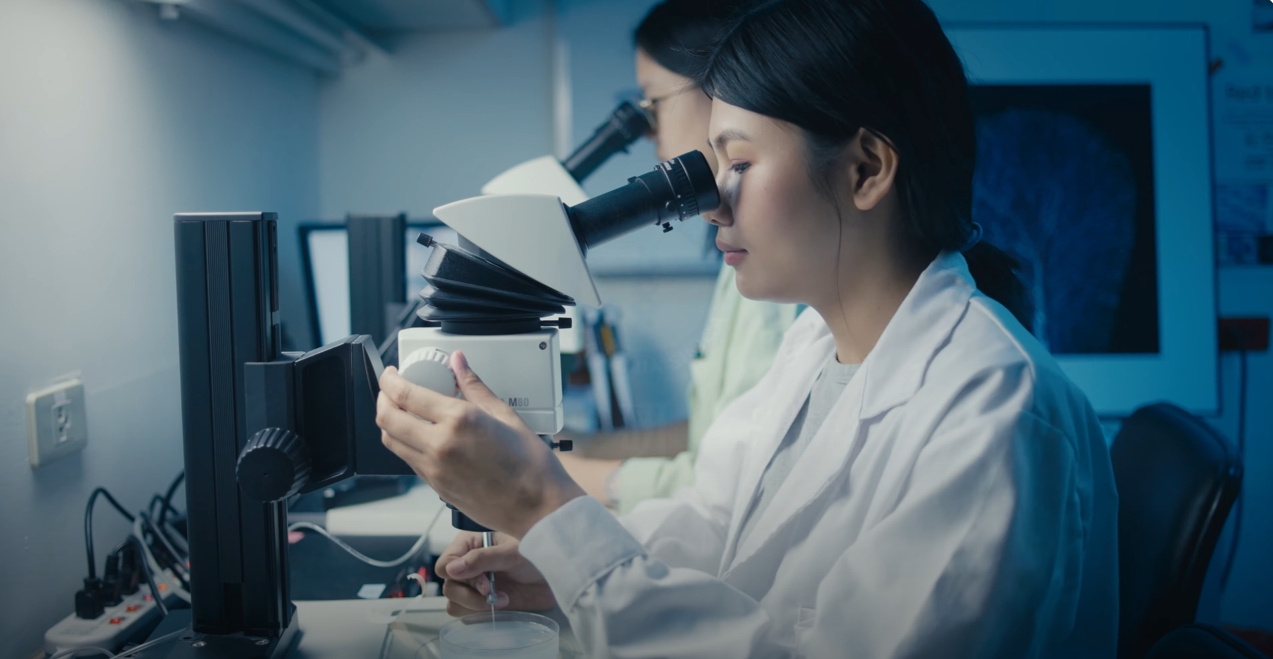- Lectures
- Institute of Atomic and Molecular Sciences
- Location
CT Chang Memorial Hall, IAMS (NTU Campus)
- Speaker Name
Prof. Alec M. Wodtke (University of Goettingen, and Max Planck Institute for Multidisciplinary Sciences, Germany)
- State
Definitive
- Url
Abstract: Some of our greatest insights about the elementary processes underlying heterogeneous catalysis come from experiments done at low temperatures in ultrahigh vacuum surface science machines. For example, the concept of the active site in surface chemistry comes from scanning tunneling microscopy experiments performed at room temperature, where molecular dissociation can be seen to occur at step defects[1]. Of course, real catalytic reactors are operated at elevated temperatures and under high pressure. The reasonable question therefore arises: Can we extrapolate our understanding from low-T surface-science experiments to the conditions of high pressures and temperatures used in real world catalytic reactors?
Velocity Resolved Kinetics (VRK) is a new method for obtaining highly accurate kinetics data for surface reactions under high-temperature conditions and with controlled reactant coverages. VRK is sufficiently accurate that meaningful comparisons between experimentally observed and theoretically predicted reaction rates become possible for the first time. This allows ab initio theory to serve as a kind of microscope, providing atomically resolved information about reaction mechanisms that can then be tested against experiment. We have recently applied these methods to reveal the reaction mechanisms of: ammonia oxidation, hydrogen oxidation, and formic acid decomposition on Palladium catalysts. In each case we identify all reaction intermediates and the site-specific rate limiting steps involved in the kinetics.
In catalytic hydrogen oxidation, we are able to show that an active configuration only present under reacting conditions is formed due to the cooperative behavior of several O-atoms interacting with one another at steps. Here, two adsorbed oxygen atoms recruit a third oxygen atom to a nearby binding site, reminiscent of allosteric effects seen in the cooperative binding of oxygen molecules to hemoglobin. This active trimer-like configuration is far more reactive than any isolated oxygen adsorbate. Thus, hydrogen oxidation on Pd reveals a clear example of how reactivity can be enhanced on a working catalyst. We speculate that such active configurations formed by cooperative adsorbate binding play an important role in many real-world catalytic processes.
[1] T. Zambelli, J. Wintterlin, J.Trost, G.Ertl, SCIENCE 273, 1688 (1996)
Biographical Information
Alec Wodtke graduated magna cum laude in chemistry from the University of Utah in 1981. He received his Ph.D. in Physical Chemistry from the University of California Berkeley in 1986. From 1986-88, he worked as a postdoctoral fellow at Max Planck Institute for Fluid Dynamics Research in Göttingen, Germany, before joining the faculty at UCSB in 1988. He received tenure in 1993 and became full Professor in 1996. In 2010, he took a position at the Institute of Physical Chemistry at the Georg-August University of Göttingen as an Alexander von Humboldt Professor and simultaneously become director of the Department of Dynamics at Surfaces at the Max Planck Institute for Biophysical Chemistry in Göttingen. He later became one of the funding directors of the Max Planck Institute for Multidisciplinary Sciences.









 Home
Home

